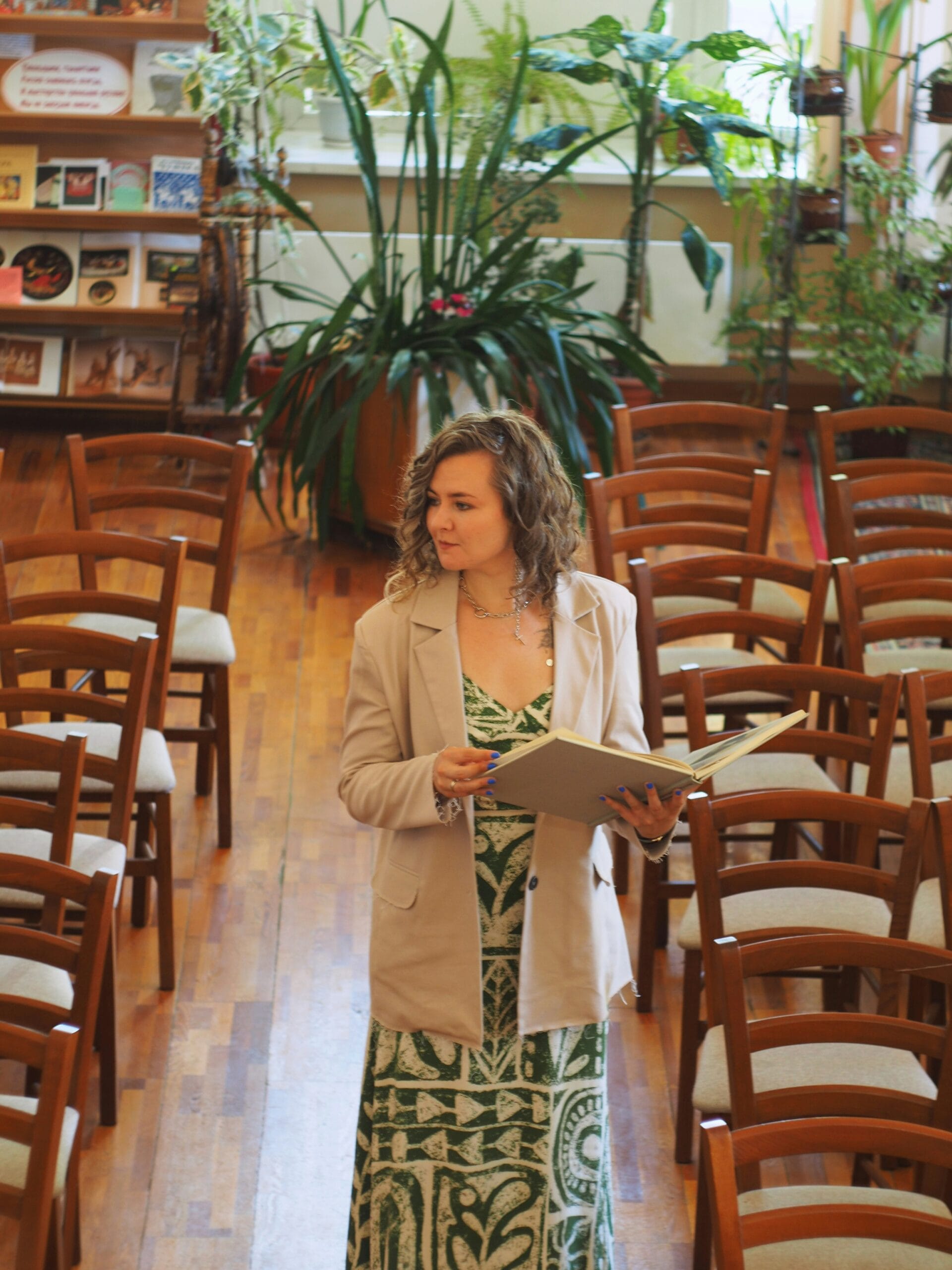Written by: Reagan Flowers, Ph.D.
Feeling able to accomplish a skill begins with confidence. When it comes to STEM educati
on, that confidence starts with inclusivity. According to a new North Carolina State University study, creating a sense of belonging in classrooms helps students feel more capable of working on STEM subjects outside of school.
What Inclusivity Looks Like
The study looked at how much students feel a classroom welcomes different genders and ethnic groups. In addition, researchers conducted in-depth surveys with hundreds of high school students from various ethnicities.
Students provided input on whether they felt included and fairly treated in their STEM classes. All genders and races showed higher reports of unfair treatment the further along they were in school. As a result, many of these students reported avoiding engagement in their STEM classes. Conversely, the engagement was much higher in classes students felt w
ere inclusive.
What Hinders Inclusivity
One of the most significant driving factors behind non-inclusive classrooms is unconscious biases. A well-meaning teacher may treat some students unfairly with
out even realizing it. Therefore, teachers need to recognize their own biases and work to address them.
Another issue with inclusivity is failing to leave room for diverse experiences. For example, a Black female, a white male, and a disabled student may all have different backgrounds, experiences, and challenges. Recognizing these differences allows students to express them and allows greater collaboration and discussion. It makes everyone feel included, spurs more engagement and ultimately greater learning.
Leaving room for diverse experiences is essential because high school is when many students start to disengage from STEM. Ultimately, many abandon STEM studies completely. Yet, we need students to
stay engaged in STEM, as STEM is at the core of the vast majority of the promising jobs of the future.
Representation and Mentorship
In predominantly white schools, it’s even more difficult for students who are considered different to thrive. Minorities, disabled, LGBTQ+, and other groups are significantly underrepresented in STEM. Therefore, unlike their counterparts at school, it’s rare that they see and know people like them working in STEM careers.
Corporate and community partnerships are vital to bridging this gap. At C-STEM, we are fortunate to partner with many STEM-focused corporations. We are also grateful for our Executive and Advisory Board members, who are leaders in STEM or business owners. These partnerships create opportunities for students to feel included by meeting others with similar backgrounds who’ve carved a path in STEM or business.
Sparking Interest at Home
Just as building confidence in the classroom encourages students to learn STEM outside the school, the reverse can also be true. Encouraging STEM activities outside school can help students feel included in STEM and build their confidence to engage in the classroom.
That’s why At-Home STEM Activity Toolkits have become a key component of how we help students with supplemental learni
ng. To encourage STEM at home, we also provide opportunities like webinars, competitions, and scholarships in our newsletter each month.
It’s a long road to ensuring a fair, equitable STEM experience for all students. We’ve been working toward this goal for more than two decades. Though some strides have been made, there is still much to repair. However, as each year goes by, we continue to grow our reach and impact. Providing equitable STEM experiences goes hand-in-hand with our continually growing support network. Education will never be perfect, but together we can take every step possible to help make it more and more inclusive.






